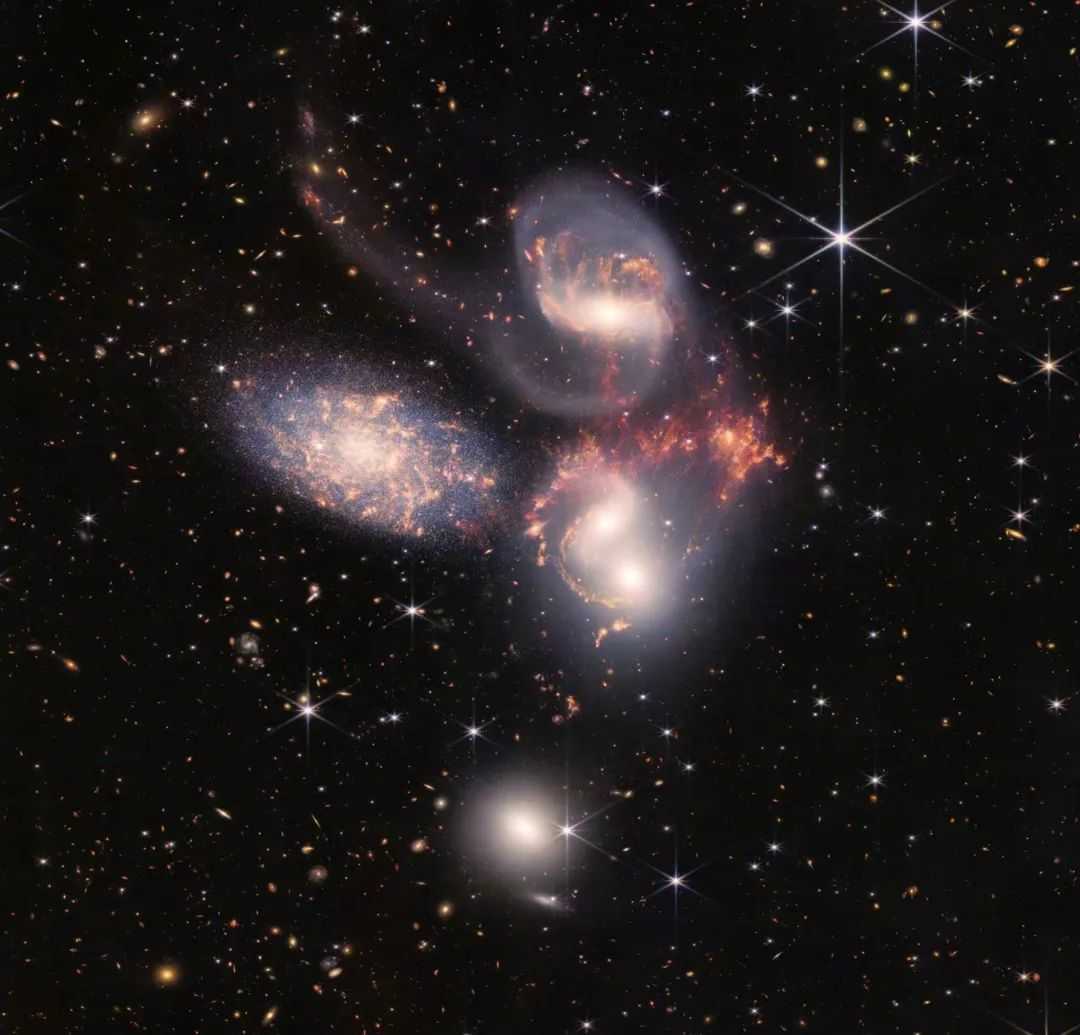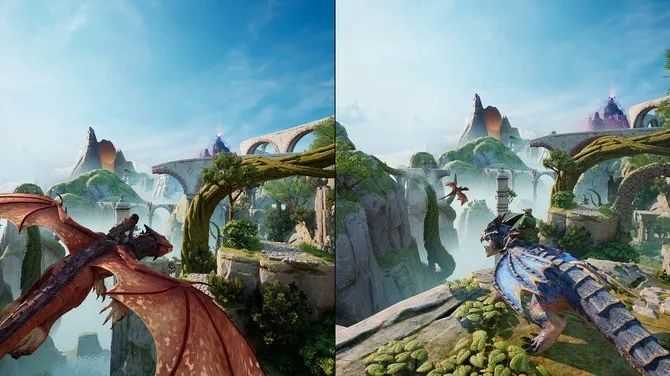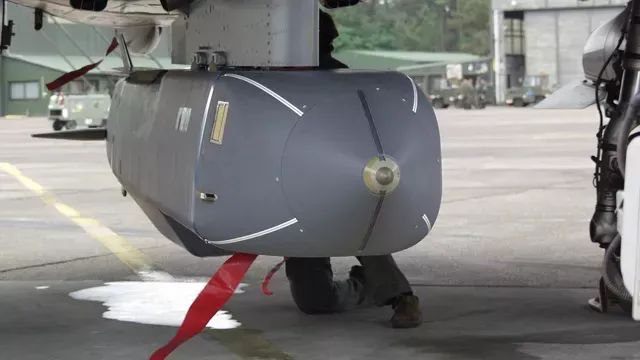Stephan’s Quintet: A Cosmic Dance of Galaxies Discovered in Pegasus
Stephan’s Quintet, a fascinating group of galaxies in the constellation Pegasus, was discovered by French astronomer Édouard Stephan in 1877. This galactic ensemble has since captivated astronomers with its dramatic interactions and serves as a prime laboratory for studying galaxy evolution.

Source: Images from the Internet, if there is any infringement, please contact the removal of
A Galactic Drama Unfolding in Deep Space
Five galaxies make up Stephan’s Quintet, though one—NGC 7320—lies much closer to Earth and is not part of the interacting group. The other four—NGC 7319, NGC 7318A, NGC 7318B, and NGC 7320C—are engaged in a cosmic ballet, gravitationally tugging at each other. This interaction triggers intense star formation, visible as bright blue regions where new stars burst to life, and 扭曲的 gas and dust filaments stretched between the galaxies.
The group’s proximity (about 290 million light-years away) allows telescopes to resolve details of their collisions. For example, the James Webb Space Telescope (JWST) has captured stunning images of the quintet, revealing glowing hydrogen clouds, stellar nurseries, and the effects of galactic winds shaping the interstellar medium.
Scientific Significance and Cosmic Insights
Stephan’s Quintet is invaluable for understanding how galaxy interactions influence stellar populations, gas dynamics, and even the distribution of dark matter. Astronomers use the group to study:
- How gravitational forces during collisions trigger star formation.
- The role of mergers in evolving galaxy structures over cosmic time.
- How intergalactic gas is stripped, compressed, or redistributed during interactions.
As these galaxies continue their slow-motion collision, they offer a window into processes that have shaped countless galaxies across the universe. Observations from telescopes like JWST and the Hubble Space Telescope continue to unlock their secrets, shedding light on the complex story of galactic evolution.
-------- END --------






